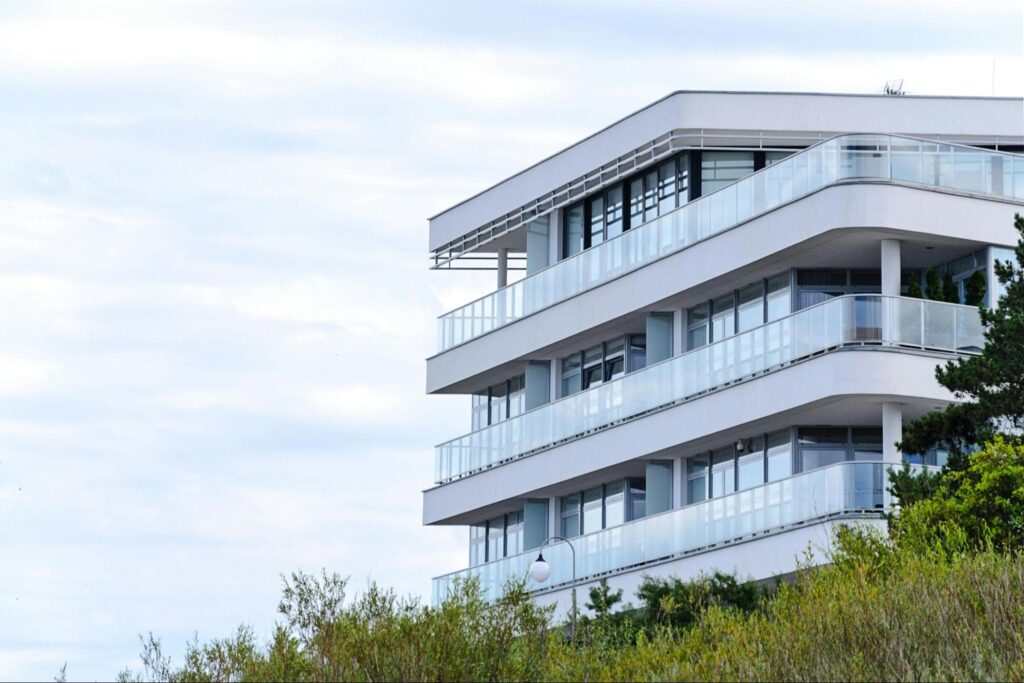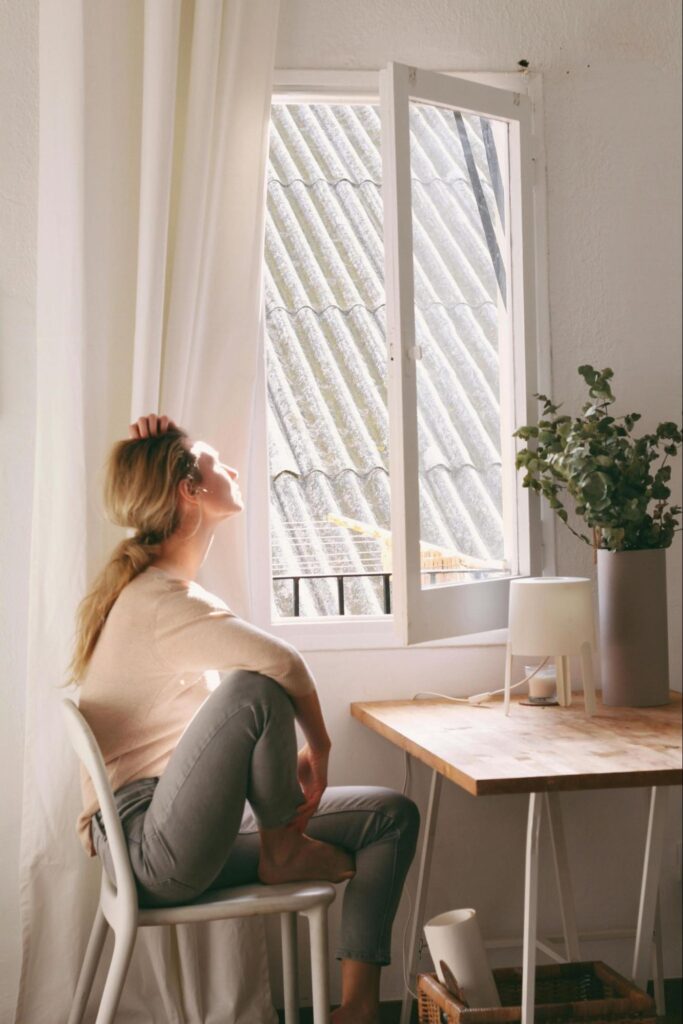Sunlight fading is a common issue that many homeowners face when it comes to preserving the beauty and longevity of their interiors. The damaging effects of sunlight can gradually fade the colors of your furnishings, flooring, and other interior elements, leaving them looking dull and worn out. In this article, we will explore the impact of sunlight on interiors, the importance of sunlight fading protection, the different types of protection available, and how to implement and maintain it effectively.
Understanding the Impact of Sunlight on Interiors
Sunlight can be both beneficial and harmful to your interior depending on how it is managed. While natural light can enhance the ambiance of a space and provide visual comfort, excessive and prolonged exposure to sunlight can cause irreversible damage. Understanding the science behind sunlight fading is crucial to take the necessary steps to protect your interior and preserve its aesthetics and value.
One interesting aspect to note is that the angle at which sunlight enters a room can also impact its effects on interior materials. Direct sunlight streaming in through windows at certain times of the day can be more intense and damaging compared to indirect or diffused sunlight. This is why it’s essential to consider not only the duration but also the angle of sunlight exposure when assessing potential fading risks.
The Science Behind Sunlight Fading
When sunlight enters your home, it brings along ultraviolet (UV) radiation, visible light, and heat. UV radiation has the most significant impact on the fading process. It interacts with the dyes, pigments, and molecules present in materials, breaking them down and altering their optical properties, causing fading and discoloration over time.
Moreover, the effects of sunlight fading can be cumulative, meaning that even if the exposure is minimal each day, over time, the damage can become noticeable. This is why proactive measures such as using UV-protective window films, strategically placing furniture away from direct sunlight, and rotating items regularly can help mitigate the long-term impact of sunlight on your interior.
How Sunlight Affects Different Materials
Sunlight can affect various materials differently, depending on their composition and vulnerability. For example, fabrics, carpets, and upholstery are particularly susceptible to fading due to their organic nature. Wood, leather, and artwork can also suffer from sun-induced damage, including color fading, warping, and cracking.
It’s fascinating to observe how different materials respond to sunlight exposure uniquely. For instance, certain types of wood may develop a rich patina over time when exposed to sunlight, adding character and charm to furniture pieces. On the other hand, delicate textiles like silk may experience accelerated deterioration when subjected to prolonged sunlight, emphasizing the importance of selecting materials that can withstand or adapt to natural light conditions.
Importance of Sunlight Fading Protection
Preserving the aesthetics and longevity of your interior is not just about maintaining its visual appeal; it is also an investment in the long-term value of your home. Sunlight fading can significantly diminish the appearance and life span of your furnishings, requiring costly replacements and repairs. By implementing the right sunlight fading protection measures, you can safeguard your interior and extend its beauty and lifespan.
When considering sunlight fading protection, it’s essential to understand the different types of UV rays that can penetrate your home. While UVB rays are responsible for sunburns, UVA rays are the primary culprits behind fading furniture and fabrics. By choosing window treatments or films that specifically block UVA rays, you can effectively shield your interior from the most damaging aspects of sunlight exposure.
Preserving the Aesthetics of Your Interior
One of the primary reasons to protect your interior from sunlight fading is to preserve its aesthetics. Whether it’s the vibrant colors of your curtains or the rich tone of your wooden furniture, protecting them from unnecessary exposure to sunlight ensures that they maintain their original beauty and appeal for years to come.
Moreover, sunlight fading protection is not limited to just furniture and fabrics. Artwork, photographs, and flooring materials can also suffer from prolonged sun exposure. Implementing UV-filtering window treatments or applying protective coatings to vulnerable surfaces can help maintain the integrity of these elements, ensuring a cohesive and well-preserved interior aesthetic.
Extending the Lifespan of Your Furnishings
In addition to aesthetics, sunlight fading protection can significantly extend the lifespan of your furnishings. By reducing the fading effects of sunlight, you can prevent premature wear and tear, including discoloration, fabric weakening, and material degradation. This not only saves you money in the long run but also reduces your environmental footprint by minimizing the need for replacement and disposal.
Furthermore, investing in high-quality furnishings and materials that are inherently resistant to sunlight fading can complement your protection efforts. For example, opting for fade-resistant fabrics or UV-stable finishes on furniture can enhance the durability and longevity of your interior elements, providing added peace of mind and value to your home.
Types of Sunlight Fading Protection
There are several effective methods and products available to protect your interior from sunlight fading. It’s essential to choose the right combination of protection measures based on your specific needs and budget.
When considering sunlight fading protection, it’s crucial to understand the different types of UV rays that can cause damage to your belongings. While UVB rays are responsible for sunburns and skin damage, UVA rays are the primary culprits behind fading. Therefore, selecting protection methods that target UVA rays specifically can help preserve the color and integrity of your furnishings.
Window Treatments for Sunlight Protection
Window treatments, such as blinds, shades, curtains, and window films, are popular options for blocking or filtering sunlight. These treatments can be adjusted to control the intensity of light entering your home, effectively reducing UV radiation and minimizing fading risks. Consider using window treatments with UV-blocking properties for maximum protection.
Moreover, when choosing window treatments for sunlight protection, consider the orientation of your windows and the time of day when sunlight exposure is the strongest. South-facing windows receive more intense sunlight throughout the day, while east and west-facing windows are exposed to direct sunlight during specific times. Tailoring your window treatments to these factors can enhance their effectiveness in preventing fading.
Protective Coatings and Their Benefits
Protective coatings, such as UV-protective sprays and laminates, offer an additional layer of defense against sunlight fading. These coatings can be applied to various surfaces, including fabrics, leather, and artwork, providing an invisible shield that helps block harmful UV radiation and minimize fading. They are easy to apply and can significantly enhance the longevity of your interior elements.
Furthermore, protective coatings not only safeguard your belongings from fading but also offer additional benefits such as water resistance and stain repellency. By investing in these coatings, you not only protect your items from sunlight damage but also make them more durable and easier to maintain in the long run.
Implementing Sunlight Fading Protection
Once you have chosen the appropriate sunlight fading protection measures, it’s essential to implement them correctly to ensure maximum effectiveness. Consider the following factors when implementing sun protection for your interior.
Implementing sunlight fading protection measures involves a strategic approach that goes beyond simply selecting the right products. It requires a deep understanding of your interior space, including its layout, orientation, and unique characteristics. By conducting a thorough assessment, you can tailor the protection measures to address specific areas that are most vulnerable to sunlight exposure, ensuring comprehensive coverage.
Choosing the Right Protection for Your Interior
Every interior is unique, and the level of sunlight fading protection required may vary. Before implementing any measures, assess your interior’s specific needs, including the amount of sunlight exposure, the types of materials present, and your aesthetic preferences. Consulting with professionals in interior design or sunlight fading protection can help you make informed decisions.
Moreover, understanding the different mechanisms of sunlight fading, such as UV radiation, heat, and visible light, can guide you in selecting a combination of protection measures that offer a holistic defense. For instance, incorporating UV-blocking window films along with light-filtering window treatments can create a multi-layered defense system against sunlight-induced damage.
Professional Installation vs. DIY
While some sunlight fading protection measures, such as window treatments, can be installed as a DIY project, others, like protective coatings, may require professional expertise. It’s important to evaluate your capabilities and the complexity of the installation process before deciding whether to seek professional assistance. Proper installation ensures optimal performance and longevity.
Professional installation not only guarantees the correct application of protective products but also provides additional benefits such as warranty coverage and post-installation support. By entrusting the implementation to experienced professionals, you can have peace of mind knowing that your interior is safeguarded against sunlight fading with precision and care.
Maintenance and Care for Sunlight Fading Protection
Even with effective sunlight fading protection in place, regular maintenance and care are essential to ensure continued effectiveness and prolong the life of your interior.
When it comes to protecting your interior from the harmful effects of sunlight, it’s not just about installing the right measures – it’s also about staying proactive in your maintenance efforts. By taking the time to regularly inspect and update your sunlight fading protection, you can stay ahead of any potential issues and ensure that your interior remains shielded from UV damage.
Regular Checks and Updates
Periodically inspect your sunlight fading protection measures to identify any signs of wear, damage, or fading. Replace or repair any damaged or worn components promptly. Additionally, stay informed about new technologies and products that may offer enhanced protection and consider updating your measures as needed.
Don’t wait for visible signs of wear and tear to appear before taking action. By establishing a routine schedule for checking the condition of your sunlight fading protection, you can address any issues early on and prevent them from escalating into more significant problems.
Cleaning and Caring for Protective Measures
Proper cleaning and care of your sunlight-fading protection measures can help maintain their effectiveness and appearance. Follow the manufacturer’s instructions for cleaning blinds, shades, curtains, or protective coatings. Avoid using harsh chemicals or abrasive materials that could damage the protection or the underlying surfaces.
Regular cleaning not only keeps your sunlight-fading protection looking its best but also ensures that it functions optimally. Dust, dirt, and grime can accumulate on these protective measures over time, reducing their ability to block out harmful UV rays effectively. By incorporating cleaning into your maintenance routine, you can prolong the lifespan of your protection and preserve the beauty of your interior space.
Conclusion
In conclusion, protecting your interior from sunlight fading is crucial for preserving its aesthetics and ensuring its longevity. By understanding the impact of sunlight, implementing the right protection measures, and maintaining them effectively, you can safeguard your interior and enjoy its original beauty for years to come. Invest in sunlight fading protection today and reap the benefits for a lifetime.


